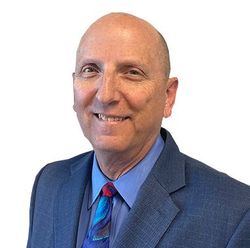Part 2 of an ongoing Feature Series exploring the state of “Rural Economic Development” within Utah, especially in light of the ongoing economic boom within the metropolitan core of the state
Some 15 miles almost directly west “as the crow flies” from Manti, Utah is tiny Fayette, a hardscrabble hamlet of roughly 200 people that’s the hometown of one Roland J. Christensen, a Mechanical Engineer turned Entrepreneur who has dramatically transformed this region of rural Utah.
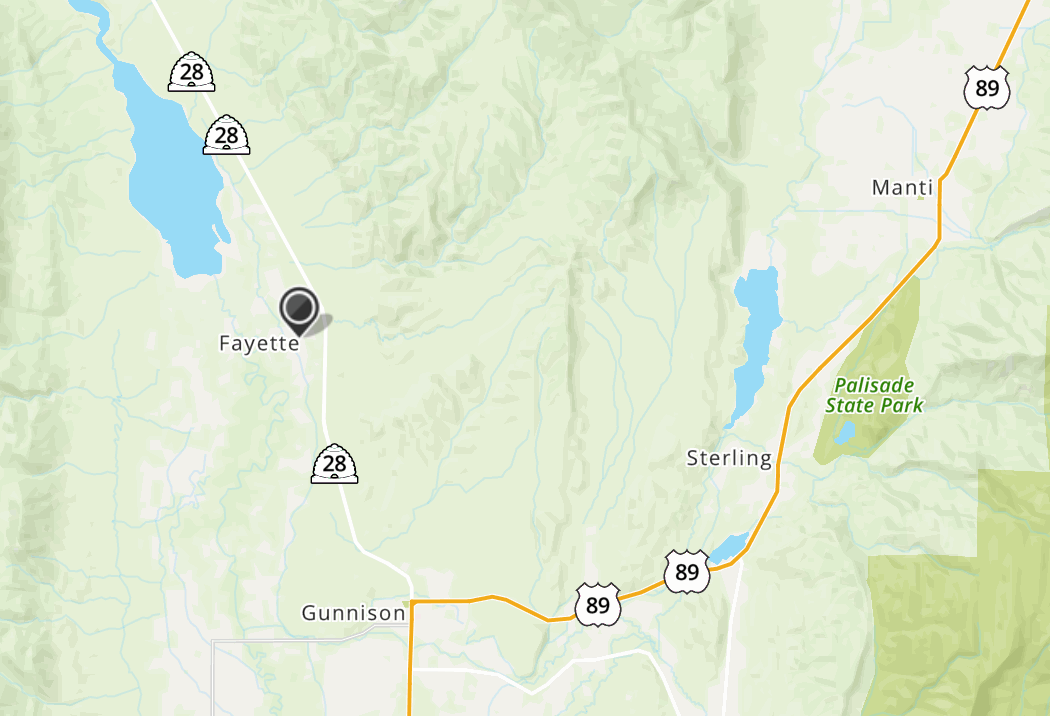
After earning his Ph.D. in Mechanical Engineering from the University of Utah, serving in the U.S. Army, and working at several firms in the carbon fiber arena, Christensen decided it was time to move back home in 1984 to see if he could make a difference in Sanpete County.
Unlike Fayette, nearby Gunnison has a population of over 3,400 people, nearly as large as that of Manti.
In large part, Gunnison owes its civic success NOT to the state prison that opened there in 1990, but rather to Christensen who has now launched and grown at least four enterprises in the area, each touching the carbon fiber / composites marketplace:
- ACT Aerospace;
- ACT Manufacturing;
- Christensen Arms (a next-generation firearms company), and
- Freedom Innovations (a next-generation prosthetics company that has changed hands several times).
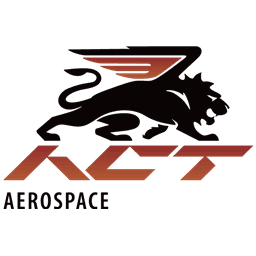
Of these four firms, ACT Aerospace occupies a 180,000-square-foot facility and has over 200 employees.
And its client list reads like a Who’s Who of the military and commercial aircraft market, including
- Sikorsky,
- Orbital ATK,
- L-3,
- HondaJet,
- General Atomics Aeronautical, and
- Bell Helicopters,
all because of the vision and drive of one person.
Population Ain’t Everything, But it Can Help
While exceptions often prove the rule (such as a single person helping to transform one section of rural Utah), for the most part that is not the case.
To get a sense of the economic trajectory of Utah, I believe one must start with its population growth. And when you do this, the numbers are staggering.

By 1860, the population of the United States had reached 31.4 million. Today it stands at approximately 330 million, a growth rate of roughly 10.5X in 160 years.
Conversely, by 1860 (some 13 years after the Mormon pioneers had begun to settle in the State of Deseret), the state’s population had grown to 40,000 residents. By contrast, the 2020 census is likely to put Utah at close to 3.3 million people, a growth rate of over 82X, over seven times greater than the population growth of the United States as a whole in the same time frame.
What makes Utah’s population growth even more surprising are two facts:
- The governments of Utah and the U.S. control between them ~70% of the state’s nearly 85,000 square miles of land, which makes it generally unavailable for residential housing;
- Additionally, nearly 78% of Utah’s entire population is concentrated within a 150x25-mile corridor covering primarily five counties from North Logan near the Idaho border to Santaquin City at the southern end of Utah County.
In fact, Salt Lake County by itself contains over one-third of the entire population of the state. {NOTE: This is without subtracting the population of southern Utah’s Washington County out of the calculations, which is home to another 5.5% of Utah’s population.}
Put into plain English,
23 of Utah’s 29 counties are home to less than 16% of the entire population of the state.
And 12 of those 23 counties contain fewer than 15,000 residents each.
By way of reference, Sanpete County comes in at No. 13, population-wise, in Utah, near the middle of the pack.
Looking Back to Look Forward
Last week’s edition of Deseret Business Watch (titled “Why Rural Utah Isn’t Blossoming Yet”) examined the historical context of the settling of Utah, starting with the arrival of the first Mormon pioneers in mid-1847 in the Salt Lake valley and then the outward expansion throughout the state under the direction of Brigham Young.
Eventually, these early members of the Church of Jesus Christ of Latter-day Saints would establish over 350 towns, villages and hamlets in what noted rural economic consultant, Bob Springmeyer defined as “directed settlements” or settlements directed by the leadership of the LDS Church and supported by them as well
Manti was one such directed settlement; Fayette, however, does not appear to fall into this category.
Springmeyer went on to explain that unless such directed settlements outside of the population centers along the western edge of the Wasatch Mountain Range* have other economic options, the majority of the highest income earners in rural Utah today actually hold a government job.
Building Upon the Successes of the Prior State Administration
Sixteen years after winning his first elected position as a member of the Utah County Commission, Gary Herbert was elected for the third and final time as the Governor of Utah in 2016.
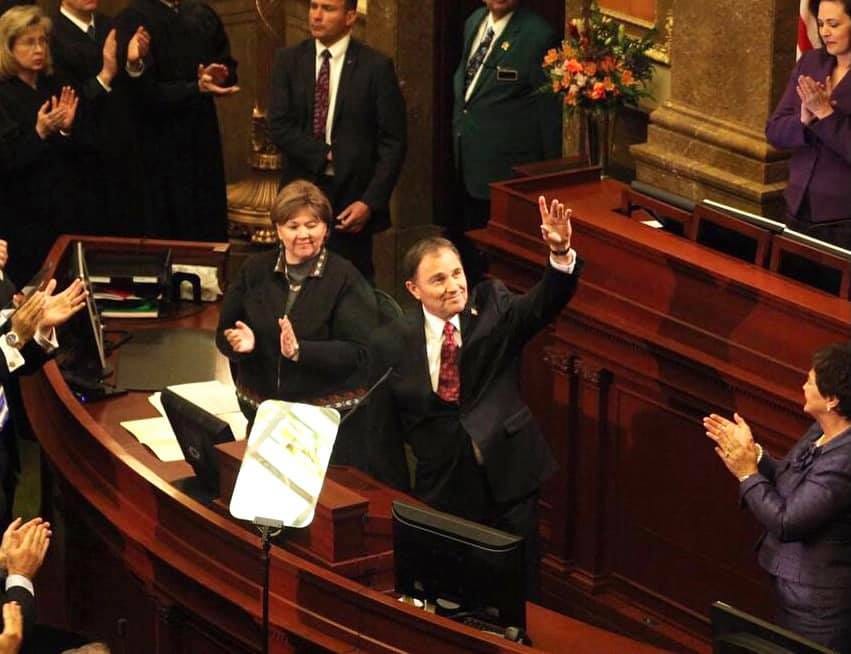
During his 2017 State of the State address, Gov. Herbert unveiled what he called his 25K Jobs Initiative, an undertaking to add 25,000 new jobs throughout 25 of Utah’s 29 counties before the end of 2020 — the year that eventually became Gary’s last year in office.
Clearly, Gov. Herbert included both Cache County in the north and Washington County in the south in his grouping of 25 rural counties, something I would not have done due to the relatively larger population sizes of these two respective counties.
Regardless, during his address, he also reached out to business leaders throughout the State of Deseret to recruit their help in building significant economic growth in the rural reaches of Utah.
With this targeted Rural Economic Development initiative, the state launched an 18-county road trip with then-Lt. Governor Spencer Cox leading the way for the Herbert-Cox administration.
In many ways, Lt. Gov. Cox was the ideal leader for this program as he was born, raised and still lived (at the time) in central Utah’s Fairview, a bustling metropolis of roughly 1,500 souls.
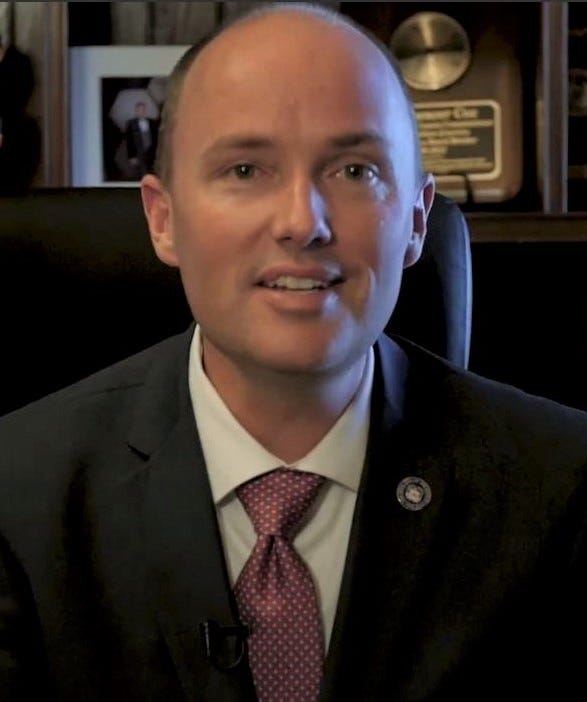
As noted in Part 1 of this ongoing series on Rural Economic Development within the state, prior to accepting the offer to become the Lieutenant Governor, Cox and his wife, Abby, insisted he would do so only IF they could continue to live in Fairview, a decision that necessitated a 200-mile roundtrip drive five days each week for Lt. Gov. Cox.
Industry Partners Help Drive Rural Economic Growth
One of the industry partners that participated in the earliest days of the 25K Jobs program was Joel McKay Smith, CEO and Co-Founder of Salt Lake City-based Accelerant Business Solutions Provider.
According to Smith, part of what sets Accelerant apart in Rural Economic Development endeavors is its hands-on, collaborative approach to coupling urban-based organizations with rural communities, something it has been doing for some time.
He says Accelerant looks to leverage what he describes as the Three P’s:
- People,
- Places, and
- Platforms.
“There’s really a lot of high-caliber people working in down-market jobs in rural areas (in Utah),” Smith said.
Often it’s just getting to know the right people in the right places so Accelerant can act as a Matchmaker in a business setting, he explained.

Case in point, Accelerant played a key role in helping Draper-based HealthEquity to identify, recruit, hire and train new employees in Price, Utah, a partnership the two firms launched some four-plus years ago. To date, HealthEquity has employed 250 employees in Price.
So … was Gov. Herbert’s 25K Jobs Initiative successful? Definitely.
In fact, as explained in this news story on the GOED Website, the four-year program helped create over 29,000 new jobs in rural Utah within the targeted four-year period, close to 17% above the goal of 25,000 new jobs.
The Cox Administration Continues the Fight
Since his election as Utah’s 18th governor, Governor Spencer J. Cox has made it clear that Rural Economic Development is a key aspect of his focus for the first 500 days of his administration.
In fact, his One Utah Roadmap specifically identifies Rural Matters as Strategic Priority No. 3.
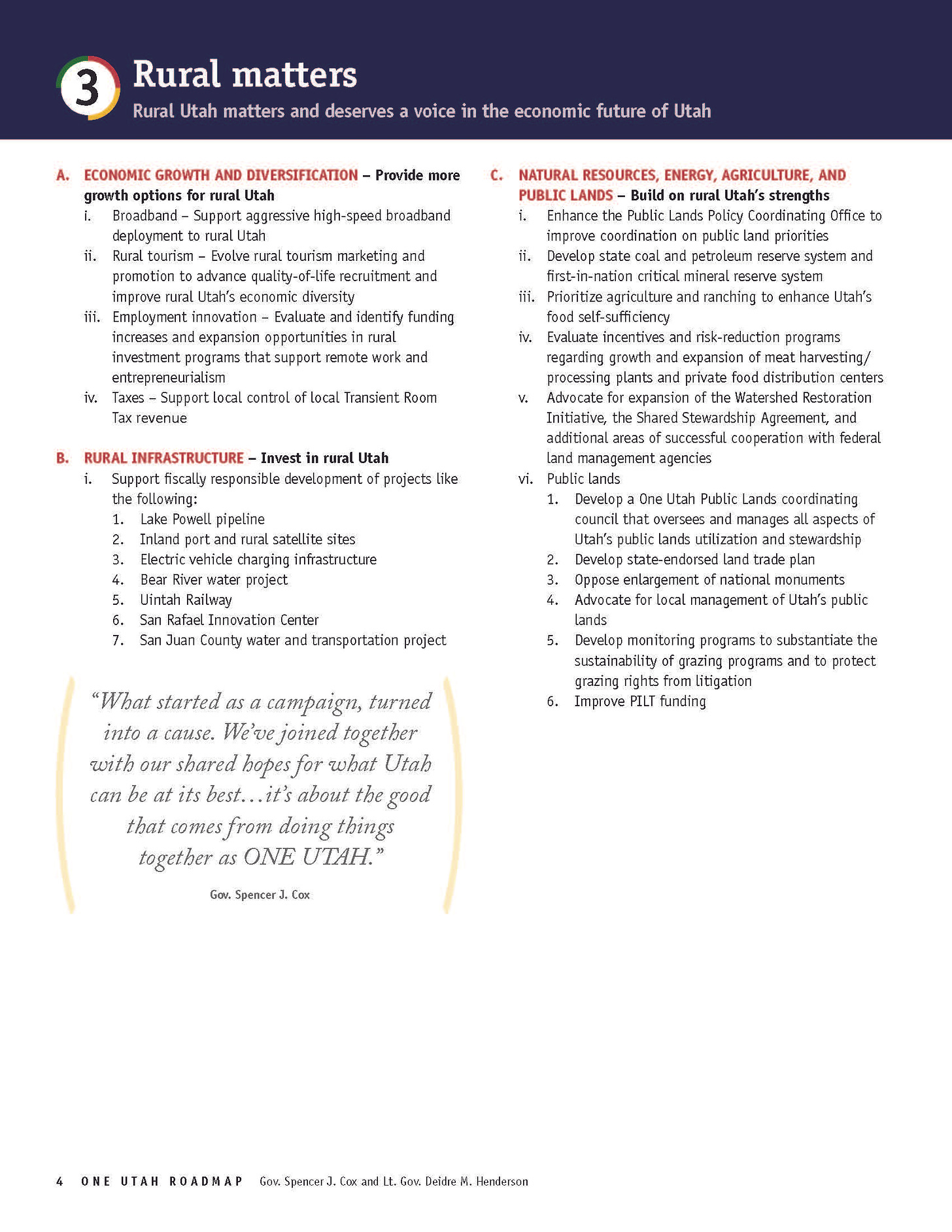
According to Stephen Lisonbee, Senior Advisor for Rural Affairs for the Governor of the State of Utah, Gov. Cox’ emphasis on Rural Economic Development coalesced during his campaign and “reinforced what he already knew about rural Utah.”
In addition to his role as the rural consigliere to Gov. Cox, Lisonbee simultaneously serves as the Assistant Vice President for the Office of Regional Services at Southern Utah University in Cedar City.

Lisonbee has identified what he describes as five taglines to help boil-down the emphasis of the state in Rural Economic Development matters, namely
- Give Rural Utah a Voice,
- Provide Convening Power,
- Engage with Leadership Development,
- Develop Collaboration, and
- Ensure Support.
He explained that because so much of the state is, in fact, federal land, helping rural government and business leaders connect and partner with federal and state agencies is a key part of his role.
“I help them learn to ‘Grow and Lift’ where they live,” Lisonbee said.
“The good thing about Utah,” he continued, “is that we are comfortable being in each other’s business, we’re comfortable knowing each other’s situation. There’s also a sense of willingness of volunteerism and great service.”
As a representative of the Governor and his Administration, Lisonbee said that one of his roles is to help bring different parties together — to convene as needed.
In many ways, much of his responsibility centers around the idea of being the ultimate Connector in bringing people and organizations together to address Rural Economic Development challenges and opportunities.
Often, Lisonbee says, he simply asks, “What is your plan, and how can we help?”
When asked what he thought Utah’s biggest opportunity was in the realm of Rural Economic Development, he paused for a second, and then said:
“The number one opportunity for Utah is the fact that we’re Utahns,” Lisonbee said. “The absolute most important thing is the core of who we are and how we operate and how we work together and how we innovate and create, that is our Number One strength.
“We just need to put the right support around that,” he added. “I mean some of the best ideas in the world come out of us; we often become the leader in things. We just have to keep supporting that.”
And it is this sentiment that gives me hope that Economic Development efforts will strengthen and blossom throughout all corners of the state, especially in our rural areas.
* — The Wasatch Mountain range is located to the east of Interstate-15 and parallels the interstate from the northern border of Utah southward beyond Utah County. The “Wasatch Front,” therefore, refers to the track of land immediately to the west of the Wasatch Mountains within this north-south corridor.
NOTE: This article was originally published by Deseret Business Watch. A few minor editorial changes have been made with this version to better match the current Silicon Slopes writing style.
